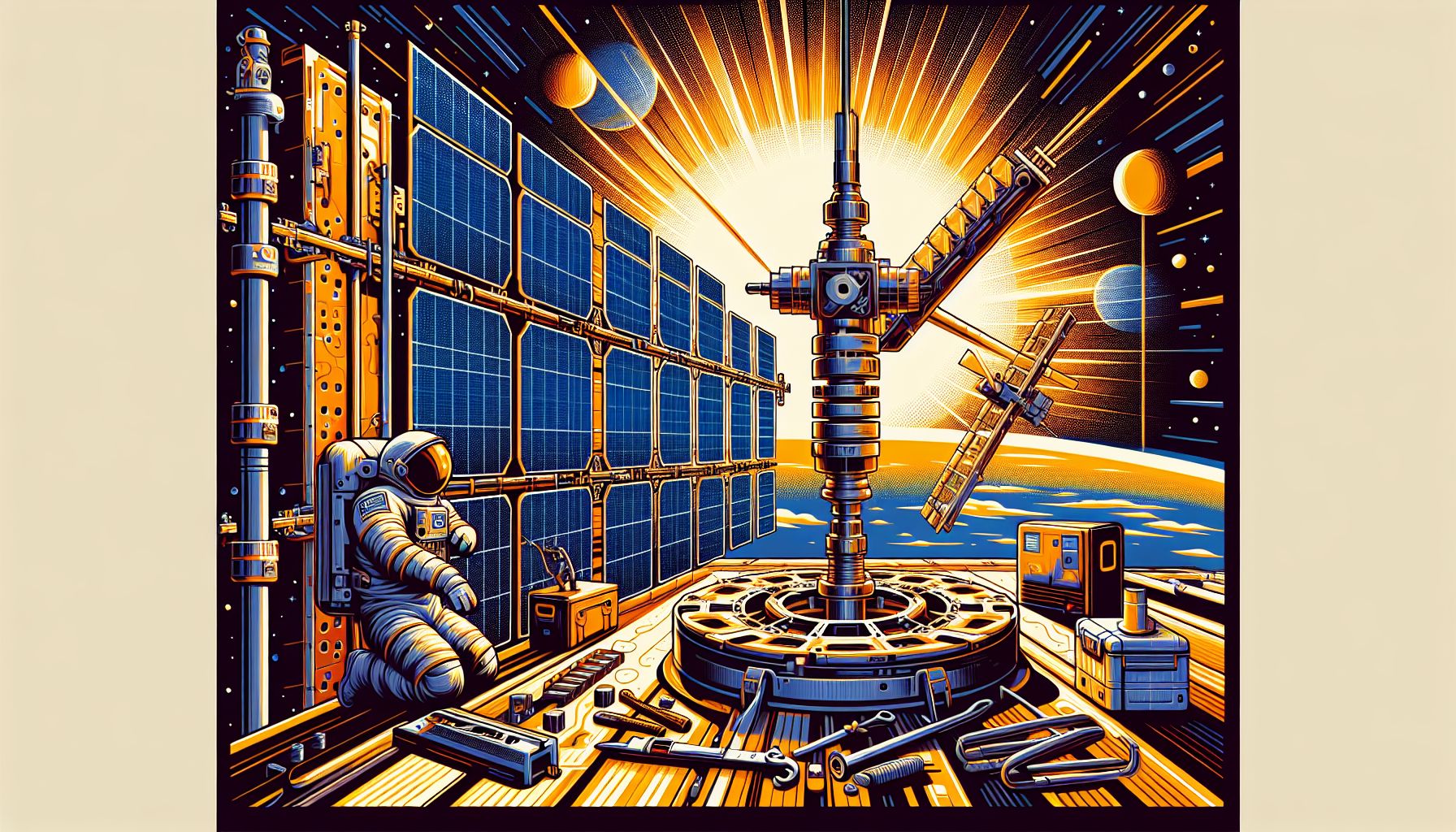Space Station Milestone: ESA Prints First Metal Part in Orbit

Noordwijk, Friday, 20 September 2024.
ESA successfully 3D printed the first metal part on the International Space Station, marking a significant advancement in space manufacturing. This breakthrough enables on-demand production of tools and components, crucial for future long-duration missions to the Moon and Mars.
A New Era for Space Manufacturing
The European Space Agency (ESA) has achieved a groundbreaking milestone by 3D printing the first metal part aboard the International Space Station (ISS). This development, spearheaded in collaboration with Airbus, represents a significant leap forward in space technology. The metal 3D printer was launched to the ISS at the beginning of 2024 and successfully printed its first metal shape in August 2024[1]. This innovation is poised to revolutionize the way parts are manufactured in space, reducing reliance on Earth-based production and enhancing the autonomy of space missions.
The Technology Behind the Breakthrough
The 3D printer employs a process that uses stainless steel wire, which is melted by a laser reaching temperatures of 1,200 degrees Celsius. This creates a molten metal filament that can be precisely shaped into the desired object[2]. Challenges such as the unpredictable behavior of molten metal in microgravity and the potential for poor-quality objects were successfully overcome, demonstrating the feasibility of in-orbit manufacturing. The printer was designed by Airbus and its partners, with Cranfield University in the UK contributing to the design of the printer’s components and the Technical University of Denmark (DTU) assisting in the quality analysis of the printed parts[3].
Benefits for Long-Duration Missions
This technological advancement is especially crucial for long-duration missions to the Moon and Mars, where resupply missions from Earth are challenging and costly. The ability to manufacture tools and spare parts on demand will significantly enhance the autonomy of these missions, enabling astronauts to repair equipment or create new tools as needed. ESA astronaut Andreas Mogensen installed the printer in the European Drawer Rack Mark II of the Columbus module, emphasizing the role of international collaboration in this achievement[1].
Future Prospects and Applications
Following the successful printing of the first metal part, ESA plans to print three additional samples to further demonstrate the technology’s capabilities. These samples will be returned to Earth for detailed quality analysis, with two samples going to ESA’s ESTEC in the Netherlands, one to the astronaut training center in Cologne, and one to the DTU in Denmark[3]. The implications of this technology extend beyond space missions, as it opens the door to new possibilities such as printing construction components, spare parts, and even new tissues or organs in microgravity, although the latter is still decades away from viability[2].

